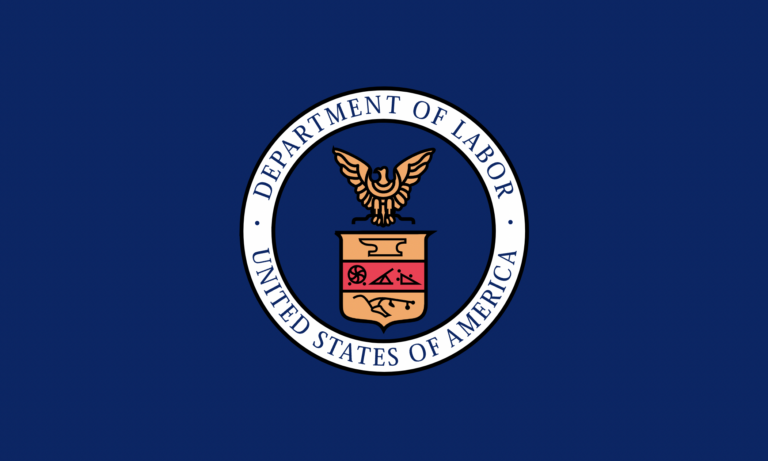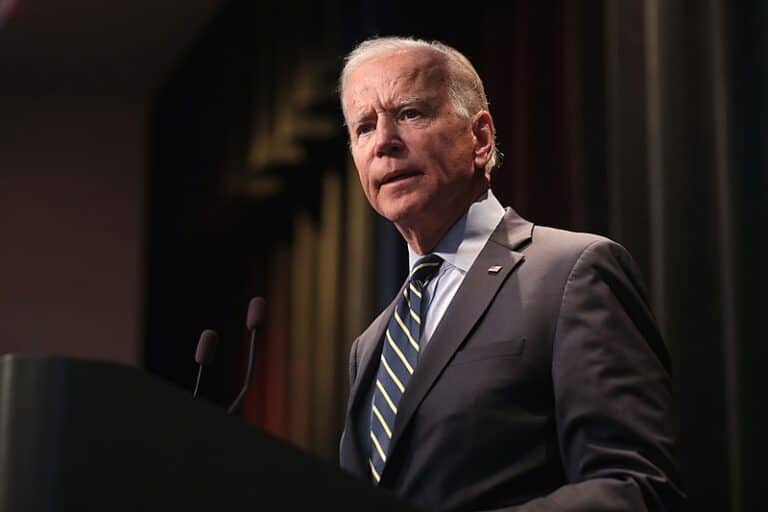Sachin S. Pandya is Professor of Law at the University of Connecticut. He researches the law of work, torts, and discrimination in the United States. Before law teaching, he clerked for the Honorable Jon O. Newman, U.S. Court of Appeals for the Second Circuit, and served as an appellate and civil rights attorney in the Office of the New York State Attorney General.
In staying OSHA’s COVID-19 emergency temporary standard, six U.S. Supreme Court Justices joined an opinion that the ETS was likely beyond OSHA’s authority under the Occupational Safety and Health Act of 1970. Here I’ll show you how the Court read the OSH Act in an embarrassingly flimsy way by flouting two basic rules for reading statutes: (1) follow a statutory definition; and (2) assume that when Congress omits a key word or phrase used elsewhere in a statute, it has done so intentionally.
The OSH Act requires employers and employees to “comply with occupational safety and health standards” that OSHA issues. Although OSHA often takes years to promulgate such standards, OSHA may also issue an “emergency temporary standard” if OSHA
determines (A) that employees are exposed to grave danger from exposure to substances or agents determined to be toxic or physically harmful or from new hazards, and (B) that such emergency standard is necessary to protect employees from such danger.
OSHA determined just that for its COVID-19 ETS. Such determinations are “conclusive if supported by substantial evidence.”
The Court, however, concluded that the OSH Act authorizes an ETS for only a work-related danger:
The Act empowers the Secretary to set workplace safety standards, not broad public health measures. Confirming the point, the Act’s provisions typically speak to hazards that employees face at work. And no provision of the Act addresses public health more generally . . . . It is the text of the agency’s Organic Act that repeatedly makes clear that OSHA is charged with regulating “occupational” hazards and the safety and health of “employees.”
Thus, Congress authorized an OSHA standard to respond only to a danger that is more likely because of something particular about a kind of job or workplace. And OSHA’s COVID-19 ETS was not that.
The problem: Although the Court stressed the adjective “occupational” in the term “occupational safety and health standard,” Congress had defined that term in §652(8) of the OSH Act:
The term “occupational safety and health standard” means a standard which requires conditions, or the adoption or use of one or more practices, means, methods, operations, or processes, reasonably necessary or appropriate to provide safe or healthful employment and places of employment.
Where Congress defines what a statutory term “means,” that definition controls the term’s meaning and excludes any meaning not stated therein. This canon is old: “where ‘means’ is employed, the term and its definition are to be interchangeable equivalents.” And in any case, a court “must follow” a term’s statutory definition “even if it varies from a term’s ordinary meaning.”
Here, Congress defined the “occupational safety and health standard” by what it does and whether that’s “reasonably necessary or appropriate” to “provide safe or healthful employment and places of employment.” So defined, the word “occupational” (in the term but not its definition) refers to the standard’s proper target (“safe or healthful employment and places of employment”), not the causes of the danger that standard aims to reduce. No words in the definition itself restrict such a standard only to dangers made more likely because of a job or workplace’s particular features. In its brief, OSHA pointed to §652(8)’s use of the phrase “places of employment” to argue that OSHA may “regulate workplace hazards even if those hazards also exist in non-work settings.”
The Court, however, cited to but ignored the words in §652(8)’s definition. Then, it cited to two other sections: one requiring employers to “comply with occupational safety and health standards,” and another providing how OSHA “may by rule promulgate, modify, or revoke any occupational safety or health standard.” But if statutory definitions matter, §652(8)’s definition governs what the term “occupational safety and health standards” in these sections means, not the adjective “occupational” in the term itself.
In fact, the word “occupational” doesn’t even appear in the section giving OSHA the power to issue an ETS. While that section includes the word “employees” (requiring that an ETS be “necessary to protect employees”), that mention refers not to the nature of the danger to employees, but to how well a proposed ETS protects them from it.
Moreover, had Congress wanted to limit OSHA standards to work-distinctive dangers, it knew how to say so. By 1970, state workers compensation statutes had for decades restricted benefit eligibility to worker injuries “arising out of employment” – often read to require proof that the worker’s injury was more likely because of something about their job or workplace. Before the OSH Act, Congress extended parts of the Longshoremen’s and Harbor Workers’ Compensation Act to coal-mine operators “with respect to death or total disability due to pneumoconiosis arising out of employment in such mine.”
Then, in the OSH Act, that Congress wrote that nothing therein should be read to affect “any workmen’s compensation law” or employer and employee duties, rights, or liabilities “under any law with respect to injuries, diseases, or death of employees arising out of, or in the course of, employment.” In contrast, Congress never used words like “arising out of employment” to define “occupational safety and health standard;” to authorize OSHA to issue or modify such standards; to authorize an ETS; or to describe the requisite “grave danger” for an ETS.
These differences matter because courts must generally infer that Congress intentionally omitted particular words that do not appear in one section of an Act but that do appear elsewhere in that Act. At best, in declaring how the OSH Act would advance its purpose (“safe and healthful working conditions”), Congress pointed to encouraging “joint labor-management efforts to reduce injuries and disease arising out of employment.” Yet, in that same section, Congress omitted parallel language when pointing to OSHA’s authority to issue occupational safety and health standards.
Follow a statutory definition. And assume Congress intended to omit particular words not in one part of a statute but used elsewhere in that statute. Rules like these are defeasible. But where, as here, judges act as if they do not even exist, those rules become tethers too flimsy to keep the textualist pieties from flapping in the wind.










Daily News & Commentary
Start your day with our roundup of the latest labor developments. See all
July 30
In today’s news and commentary, the First Circuit will hear oral arguments on the Department of Homeland Security’s (DHS) revocation of parole grants for thousands of migrants; United Airlines’ flight attendants vote against a new labor contract; and the AFL-CIO files a complaint against a Trump Administrative Executive Order that strips the collective bargaining rights of the vast majority of federal workers.
July 29
The Trump administration released new guidelines for federal employers regarding religious expression in the workplace; the International Brotherhood of Boilermakers is suing former union president for repayment of mismanagement of union funds; Uber has criticized a new proposal requiring delivery workers to carry company-issued identification numbers.
July 28
Lower courts work out meaning of Muldrow; NLRB releases memos on recording and union salts.
July 27
In today’s news and commentary, Trump issues an EO on college sports, a second district court judge blocks the Department of Labor from winding down Job Corps, and Safeway workers in California reach a tentative agreement. On Thursday, President Trump announced an executive order titled “Saving College Sports,” which declared it common sense that “college […]
July 25
Philadelphia municipal workers ratify new contract; Chocolate companies escape liability in trafficking suit; Missouri Republicans kill paid sick leave
July 24
Texas District Court dismisses case requesting a declaratory judgement authorizing agencies to end collective bargaining agreements for Texas workers; jury awards two firefighters $1 million after they were terminated for union activity; and Democratic lawmakers are boycotting venues that have not rehired food service workers.